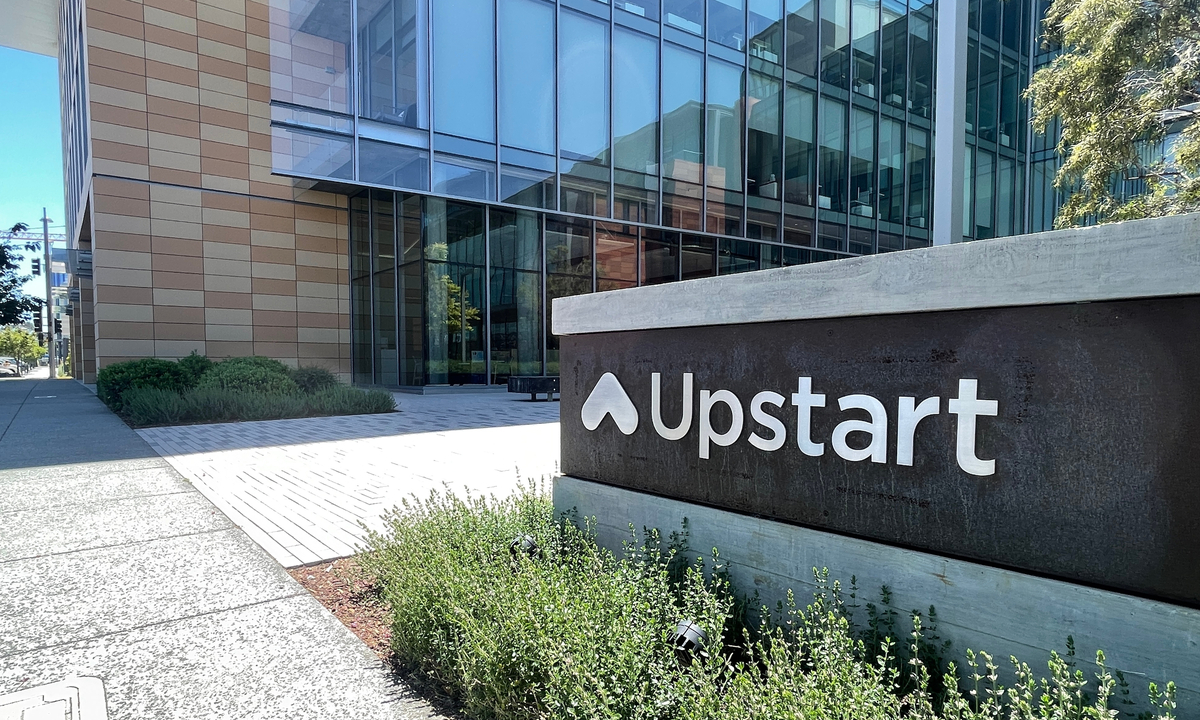Company materials revealed that revenues surged 102% year on year in the second quarter, while the platform’s loan originations topped more than 372,590 in the period, up 159%.
The data showed that as loans topped $2.6 billion, personal loan originations were up 143%. The company also noted that borrowers with super-prime FICO scores represented 26% of originations.
Upstart’s management noted on the call that other business lines such as auto-related loans also saw growth. The platform originated more than 4,600 auto loans in the second quarter, up more than 6x from a year ago and up 87% sequentially, equating to $114 million in volume. Home loans were up by 9x year on year to $68 million in originations, jumping 67% sequentially.
Management has guided to $1 billion in revenues for the current quarter, which is in line with Wall Street consensus.
Growth in Newer Business Lines
During a conference call with analysts, CEO Dave Girouard said that with respect to the auto business, “the dealership adoption right now is like nothing we’ve seen in the past, and the volume of loan requests and closed agreements from our dealer partners is on a steep climb. This is a recent phenomenon.”
Girouard said that the newer businesses in home and auto attracted almost 20% of new borrowers to the platform, including the small dollar loan product, which grew 40% sequentially, crossing more than $100 million in originations in the latest period.
“Our growth last quarter was not a result of dramatic macro improvements or Fed rate decreases,” he said. “Our growth was primarily on the back of model improvements.”
Upstart’s models, he added, powered by AI, helped drive conversion rates from 19% in Q1 to 24% in Q2. The improvements were tied to Model 22, which the company launched in early May.
Funding Pipeline Outlook
“Our funding partnerships have been both durable and scalable, allowing us to grow rapidly while delivering the target returns our partners expect,” Girouard said. “With respect to banks and credit unions, we expect to reach a new all time high for monthly available funding in Q3, surpassing our prior peak from early 2022. The funding markets continue to improve as the year progresses, particularly since the Liberation Day fears in early April subsided.”
Added Girouard: “We’re building the ‘always on everything store’ for credit, aiming to persistently underwrite 100% of Americans.”
Upstart Co-founder and CTO Paul Gu said on the call that the model upgrades had translated into “numerous improvements and optimizations to how customers can pay, how much they pay, and when they pay. As a result, year-over-year population adjusted delinquency rates are down 20%, and raw delinquency rates are down 32%.”
CFO Sanjay Datta said in remarks on the call that “the broader macro has been idling in regards to its impact on credit trends, registering as neither a significant headwind nor tailwind over the past months.” Fee-based revenues were up 84%, he said, and was 15% better than guidance.
“Average loan size of approximately $7,570 was 15% lower than the prior quarter as model advancements drove higher approval rates in smaller loan amounts,” Datta said. Management also noted on the call that the shift to small dollar loan products also has moved to drive average loan sizes down.
Asked on the call about the competitive nature of the markets, Girouard said that the improved funding environment “does tend to bring more competitors into the space. So unsurprisingly, it’s a fairly competitive game these days … We’re very focused on having best offers both at super prime level and at our core business as well. We’re confident in our ability to grow our market share and keep our strength in those markets.”
As for the state of the consumer, Datta said: “We’ve been consistent in saying that the American consumer in aggregate is probably overspending relative to the income levels that we’re earning and that’s been true for a while now. If that balance improves, we would expect that credit trends would improve as well.”




 Cyber Security3 weeks ago
Cyber Security3 weeks ago
 Cyber Security3 weeks ago
Cyber Security3 weeks ago
 Fintech3 weeks ago
Fintech3 weeks ago
 Artificial Intelligence3 weeks ago
Artificial Intelligence3 weeks ago
 Fintech3 weeks ago
Fintech3 weeks ago
 Artificial Intelligence2 weeks ago
Artificial Intelligence2 weeks ago
 Fintech3 weeks ago
Fintech3 weeks ago
 Fintech2 weeks ago
Fintech2 weeks ago
